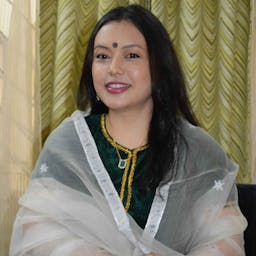The path of finding sustainable development for the poor in rural India.
Jan 21, 2015
Story
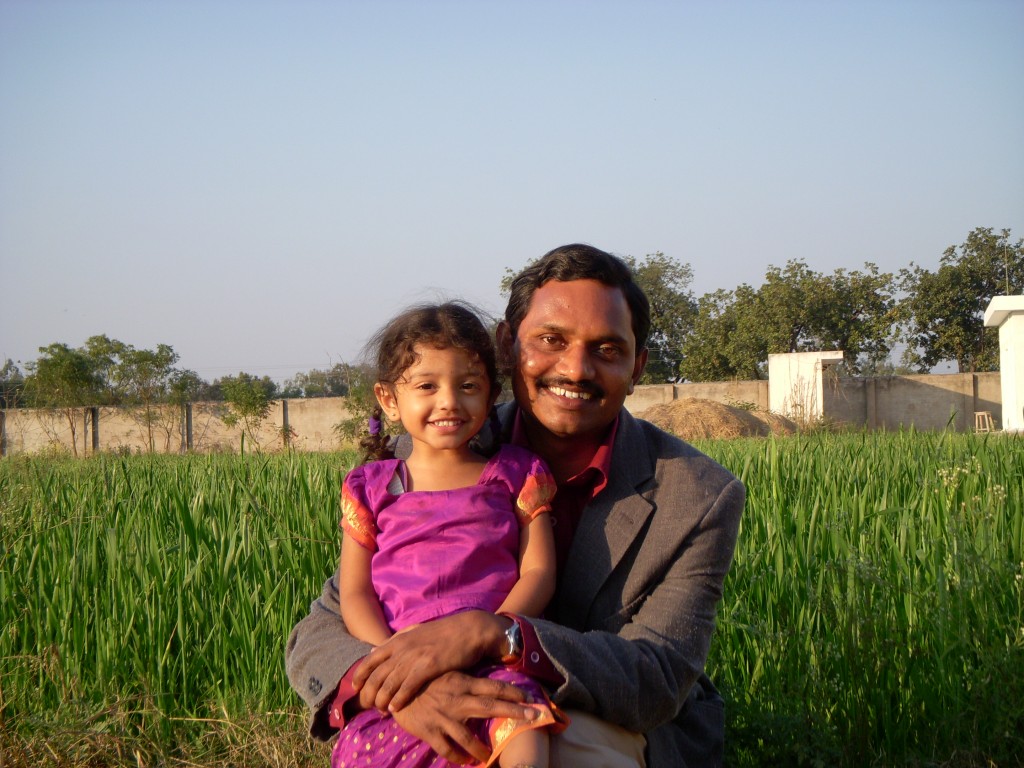

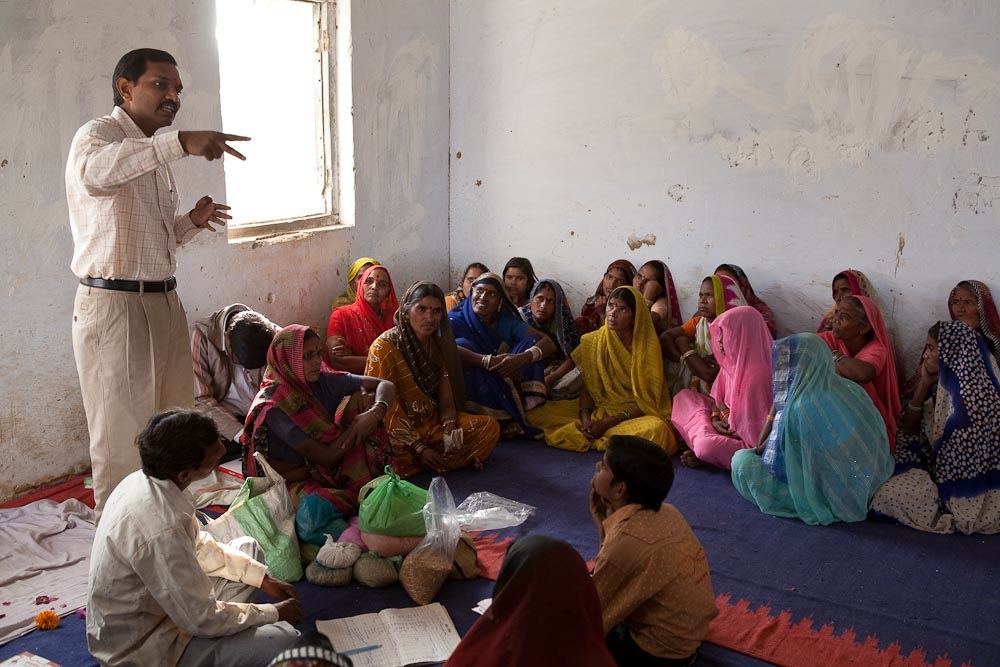
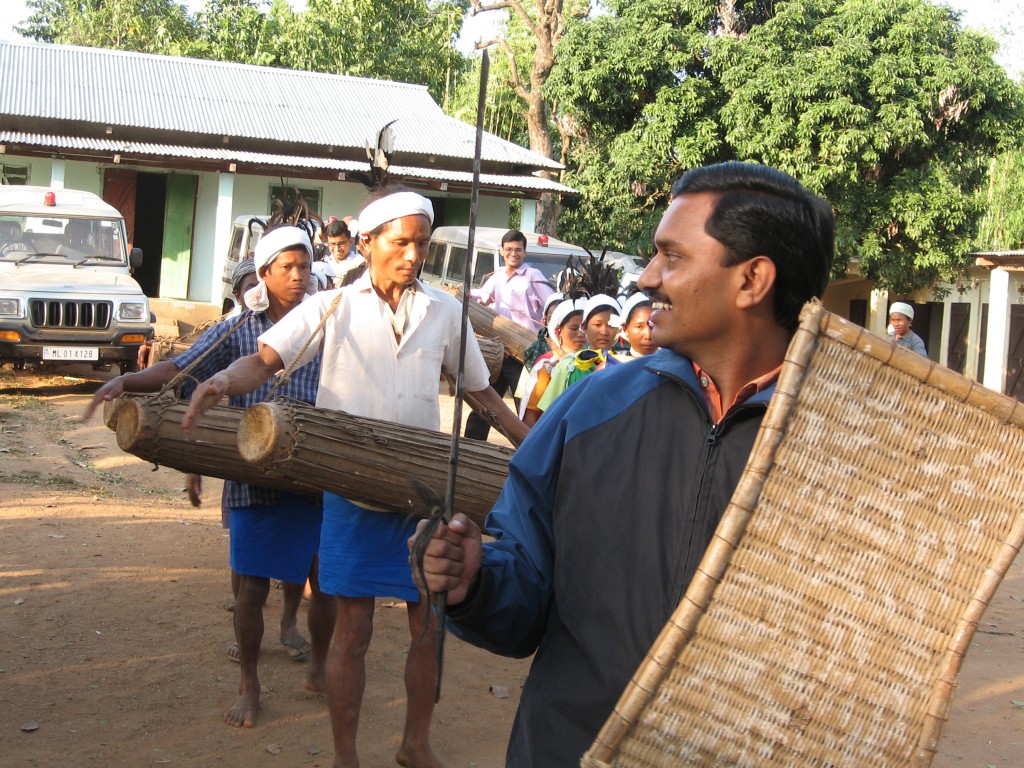
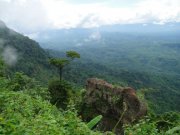
I was the Business Development Officer (BDO) and the Officer-in-Charge of a very important government development program for rural India called the National Rural Employment Guarantee Scheme( NREGS). The state and district government worked together with International Fund for Agricultural Development (IFAD), UNICEF, World Bank and DONER across programs, projects and departments. The beauty of this model was the seemingly smooth transformation of the once deprived rural Meghalaya to the gates of the village opening to various development programs and agencies. The same team of line departments of the government, NGOs, international development agencies, CBOs and eminent media personal began to carry the winds of change through NREGS, NRHM, Swajaldhara Project among others.Though the programmes were many there was only one vision- economic empowerment of rural India, sustainable development, health , water and sanitation,raising livelihood standards significantly and encouraging formation of local institutes.
In my tenure I found that my work wasn't restricted to just working within my organization , that was, IFAD-UNICEF, but in conjunction with the entire team. It was an ideal model to bring about a change and perhaps the most practical. The government gave the infrastructure and the fund, the international agencies brought about a global perspective of doing things better and more effectively based on years of research, analysis and experience in the field, the NGOs took the development programs to each village and house hold and helped in popularizing the initiative and building on community mobilization, the CBOs would be the role models for others to follow and the media would cover it to garner donors and support from the government machinery. Finally the implementing body would be the government. The rest of the team would have ensured community acceptance of the initiative, community participation and a good turn out, and finally the desired impact.
The greatest challenge that NREGS would face in rural India was community participation and holding transparency in its implementation. In a country gripped with corruption from the grass root to the highest level possible, bringing about such development would be one himalayan task. The other block in its implementation turned out to be poor representation where people from village resisted or didn't participate in what was for their benefit.
When I begun I found people from the remote villages were very suspicious and apprehensive of any external inroad, and perhaps with reason. They may be justified to have lost faith on the government to bring any development. India is a country of contrasts and uneven wealth distribution. While the country has as many 53 billionaires, the fourth highest in the world but at the same time 73% of its population lives in villages where education, drinking water, sanitation and livelihood avenues is in a pathetic condition. Among the 10 richest people, four are Indians but at the same time people in the village are dying out of starvation and lack of health care. People' below the poverty line' (BPL) and their giant number is a reality of my country.
The National Rural Employment Guarantee Scheme (NREGS) is an employment programme in my country which aims at raising the income of the rural community by ensuring 100 days of waged employment to a rural household whereby the adults of the household shall volunteer to do unskilled manual labour. It’s a plan to break the poverty line of the nation focussing on rural India. For a country where two-third of its population lives in villages, this scheme, if implemented well, would do wonders for our country. Unlike earlier Government programmes it is unique for its transparent procedures, the role of local community and constant vigilance, and for the way it has been comparatively corruption free.
The entire village- the elders, the panchayat members, the men folk, the women and the children would all sit together encircled in the government primary school with the visiting NREGS team from the government, NGO and other agency and discuss what work the community would like to take up. Some villages would choose to build a road linking their village to the highway, some would choose to make a water shed, yet others would choose to make a culvert or bridge.The project would be finalized in consultation with the department which would have to be involved- department of soil, irrigation, PWD and so on. The discussion would make an estimate of the project size and the fund would be extended to the Village Council from the NREGS corpus. Each household in the village would then be sanctioned a job card. This job card would entitle one adult from a household to work in the project of the village under NREGS per day and earn a daily wage.This way the NREGS initiative would ensure wages for 100 days per house hold thus delivering the aim of raising the per capita income of rural India. What's more, the asset created by the NREGS project would remain with the community and the community would take ownership of the program and perpetuate it further.
I was witness to a phenomenon called the 'social audit.'
